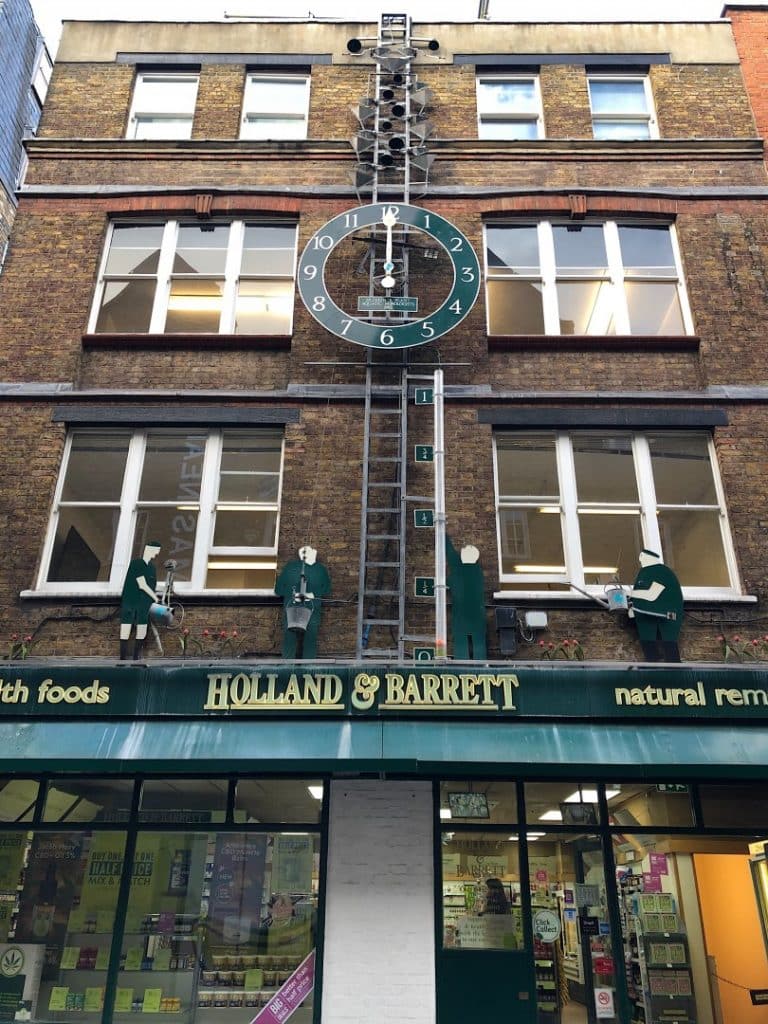- Ticketmaster’s Dark History - ”A 40-year saga of kickbacks, threats, political maneuvering, and the humiliation of Pearl Jam.” The story of everybody's least-favourite ticketing business.
- These ‘green pea’ galaxies might have helped to end the Universe’s dark age - The James Webb Space Telescope doing good stuff: ”Astronomers using the James Webb Space Telescope (JWST) have found three tiny galaxies that might have helped to trigger one of the greatest remodels in cosmic history. The findings… could explain reionization — the period when harsh radiation tore apart a ‘fog’ of hydrogen atoms hanging over the Universe, rendering stars and galaxies visible for the first time.”
- What Did We Get Stuck In Our Rectums Last Year? - The annual roundup of things Americans have put in places they shouldn't be: ”All reports are taken from the U.S. Consumer Product Safety Commission’s database of emergency room visits, all descriptions are verbatim, and always remember that a flared base is your best friend.”
- Here is Jane - Ladybird book historian Helen has finally tracked down the model for Jane, the girl in the Key Words Reading Scheme books: ”The very first books (1a to 1c) of the Peter and Jane books were illustrated by Harry Wingfield… But no reliable information ever came out about who the first little girl was. Then one day, out of the blue, I received a private message on social media and I finally got to speak to ‘Jane’. The original one – with photographic evidence to put the case beyond contention.”
- U.S. Army Corps of Engineers 2023 Cat calendar - I don't know why the U.S. Army Corps of Engineers publishes a cat calendar, but here it is, featuring cats Photoshopped into various megastructures

- Negative Equivalent: Iain Sinclair on the Super Sewer - The poet goes down London's new sewer: ”This gigantic pipe, a 7.2-metre-wide triumph of civil engineering, as spookily lit and smooth-skinned as the underground redoubt of the latest world-dominating Bond villain, inclines gently downwards to the east… Launched from a 35-metre concrete-sheathed hole, the Super Sewer arrives, after flattering the swerves and quirks of the Thames, at a sixty-metre pit: the point at which this pristine newcomer, just a little fatter and rounder than the six Tunnel Boring Machines that dug her out, prepares for its rendezvous with the admired brickwork of Joseph Bazalgette’s overwhelmed Victorian outflow.”
- How Many Plants Would It Take to Produce Enough Oxygen for One Person? - ”Across the world, billions of plants produce oxygen for billions of people. But that’s on a giant scale. What if we scale it down to a single person in an airtight room? Maybe the classic sci-fi setpiece of a heroic astronaut trapped on a broken ship in outer space.” HT to Paddy for this one, which addresses this important question.
- Welcoming 1927 to the Public Domain - And HT to vetran for this one, listing some of the works that have now entered the public domain in the USA: ”Big events of 1927 include the first transatlantic phone call from New York to London, the formation of The Academy of Motion Picture Arts and Sciences, the first successful long distance demonstration of television, the release of the first popular “talkie,” The Jazz Singer, and the first nonstop transatlantic solo airplane flight, from New York to Paris, by Charles Lindbergh.”
- Reverse-engineering an airspeed/Mach indicator from 1977 - Ken Shirriff examines something that appears to be a little more analogue than his usual fare, but that turns out not to be the case: ”This indicator was used in the cockpit panel for business jets such as the Gulfstream G-III, Cessna Citation, and Bombardier Challenger CL600… You might expect that the indicators on an aircraft control panel are simple dials. But behind this dial is a large, 2.8-pound box with a complex system of motors, gears, and feedback potentiometers, controlled by two boards of electronics. But for all this complexity, the indicator doesn't have any smarts: the pointers just indicate voltages fed into it from an air data computer.”
- The Best London Clocks (and the History Behind Them!) Part 1 and Part 2 - ”It’s not enough to just show the right time, we want our timepieces to be historic, beautiful and downright ostentatious! Have you spotted any of these? Here are the best London clocks to track down.” I must have walked past this one on Short's Gardens dozens of times when I was working round that way (I used to go for a lunchtime fry-up at Diana's Diner most days) but never noticed it


Happy invoicing!









Comment